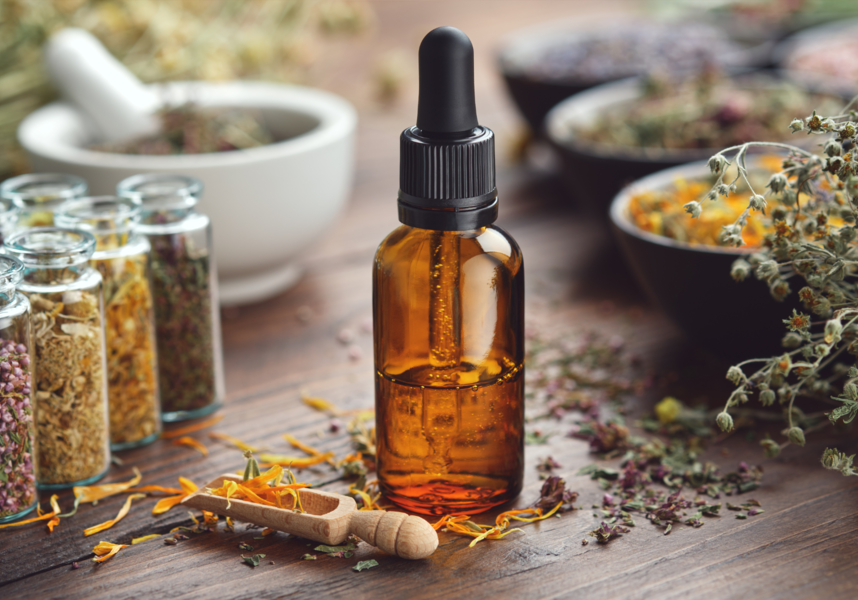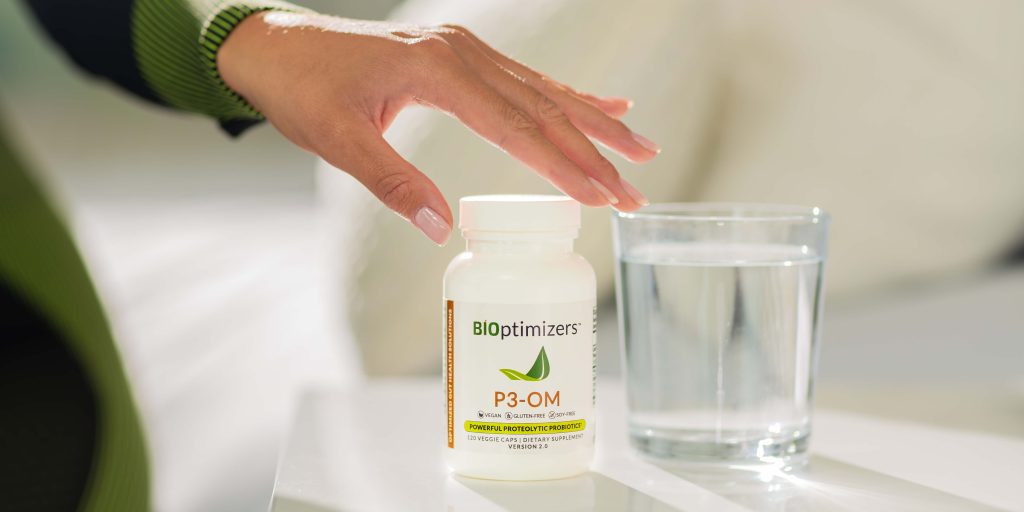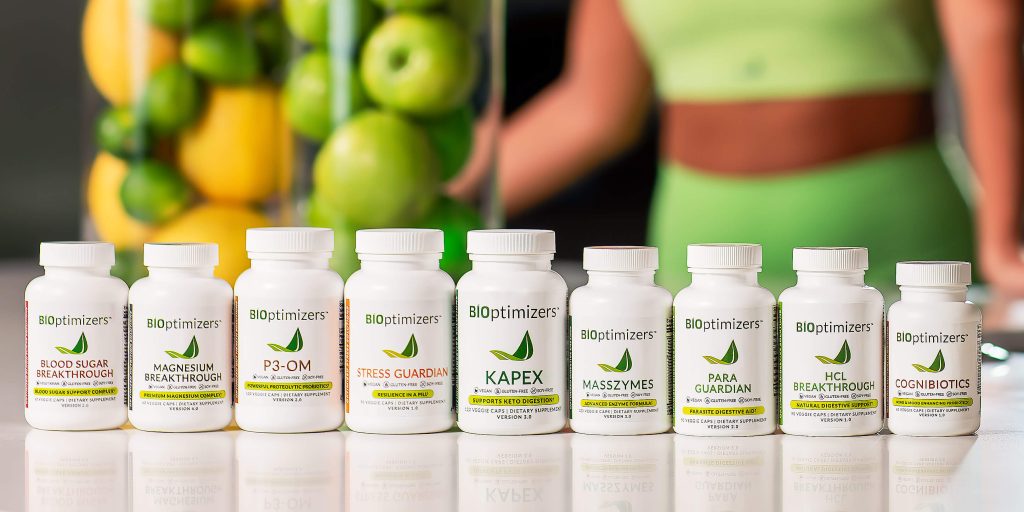Understanding Herbal Extracts And Ratios On Supplement Labels
Herbal products can be confusing. Not only do they come in a variety of different forms (capsules, tinctures, loose herbs, etc.), but they are often labeled with various ratios and percentages that can make knowing which products to buy even more tricky. What do all of these numbers mean? What is the difference between whole…

Herbal products can be confusing. Not only do they come in a variety of different forms (capsules, tinctures, loose herbs, etc.), but they are often labeled with various ratios and percentages that can make knowing which products to buy even more tricky.
What do all of these numbers mean? What is the difference between whole herbs and extracts?
Understanding what these labels mean can help you to choose products that are right for you based on your goals.
Herbal products come in two main forms:
- Whole herbs
- Extracts
Whole Herbs

Whole herb supplements contain the entire plant– roots, stems, flowers, all of it. This is one of the oldest ways of practicing herbal medicine. Many traditional herbalists believe that the different parts of plants work together in synergy to create an effect.
Compared to herbal extracts, dosages of whole herb products tend to be much higher because you get less concentrated active components. In some cases, the active components aren’t absorbed through the gut well enough so you’ll need higher doses of whole herbs to produce the same effects.
Herbal Extracts

To create an herbal extract, the manufacturer puts the plant through various processes to optimize the concentration of specific compounds, or what they believe to be the active ingredients of the plant responsible for their effects.
We often call this “standardization,” and these processes can be helpful to ensure that each batch of products contains a specific amount of the active ingredient. Standardization helps ensure consistency between batches.
Often, standardizations will be reflected on the labels of herbal products in the form of percentages. This is done more often with certain herbs that have research to show one specific compound has biological actions.
With standardization, one active constituent from the plant is able to be isolated in specific amounts. For example, Turmeric root is often standardized to contain a specific amount of curcuminoids. Curcuminoids provide the health benefits that most consumers who purchase turmeric products desire.
St. John’s Wort is another example that is often standardized to reflect two active chemicals (hypericin or hyperforin) typically at percentages of 0.3% and 3-5% respectively.
Labels generally look something like this:
Hypericum perforatum (St. John’s Wort) 300 mg
0.3% hypericin 0.9 mg
In each serving of this product, you get 300 mg of St. John’s Wort herb and 0.9 mg total of hypericin. 0.9 mg is 0.3% by weight of 300 mg.
The labels may also provide the information on the type of extraction processes used, such as dried ice (CO2), glycerol, or ethanol extracts. Some manufacturers also include how they measure the concentration of the active ingredients.
Comparing the active ingredient amounts can help you decide on which products give you the better bang for your buck.
Ratios In Herbal Products

You may also notice that some herbal products include ratios. Ratios are used to demonstrate the strength or potency of herbal products.
Products with a ratio of 20:1, for example, indicate that the product has 20 times the amount of the active compound in comparison to the original herb. Products with a 500:1 ratio are very concentrated, with 500 times the amount of the active compound compared to the original herb. The greater the difference between two numbers in a ratio, the stronger the product.
Labels generally look something like this:
Curcuma longa (Turmeric root) 10:1 400 mg
Tinctures also often include ratios on their labeling, which are used to communicate the number of “parts” in comparison to other ingredients in the formula using the weight-to-volume principle. For each gram of herb, the volume of alcohol used to prepare the tincture is reflected in these ratios.
For example, a tincture with a 1:2 ratio typically has 1 part plant to two parts alcohol. Light herbs often have ratios of 1:4 or 1:5, while more dense herbs will have ratios closer to 1:1. More potent herbs could be diluted up to 1:10 or 1:20 and still deliver the benefits.
Mushroom Extracts

Mushroom extracts have become increasingly popular over the past few years. Our formula CollaGenius contains many types of medicinal mushroom extracts.
Mushrooms have a tough exterior known as chitin, especially beta-glucans. These can reduce our ability to absorb active components and nutrients. Extraction processes make it easier for our body to absorb these components, maximizing their benefit.
Typically, mushroom extracts are prepared by applying a solvent (such as alcohol or hot water) to dry mushrooms to extract the desired component. Certain components are better extracted with alcohol, while others better with water. Therefore, different extraction methods and solvents can extract different active ingredients. You may also see various methods used depending on the type of mushroom.
Choosing The Right Product
Now you might have a little more understanding of how to understand these products, but what about knowing which ones to pick?
Some general things to keep in mind:
- Products that contain whole herbs are generally safer, as they contain less active ingredients and dosages are generally higher. However, they may also be less effective. If you have never used a particular herb before, this might be a good place to start.
- Differences exist between brands, so when opting to change products it is important to be aware of the ratios or standardizations reported on the labels when comparing between products.
- Quality is important. Understanding where companies source their herbs can help you to make informed decisions when it comes to choosing products.
- Herbs are not subject to the same regulations as drugs and over-the-counter medications, there is always a risk for adulteration (products containing ingredients not necessarily indicated on the label). It is not always worth it to sacrifice quality over cost. This is why we always source from the best suppliers and test our raw materials with third-party labs.
- When in doubt, it is better to avoid guessing and instead reach out to your practitioner for guidance.
- Fusar-Poli L, Vozza L, Gabbiadini A, et al. Curcumin for depression: a meta-analysis. Crit Rev Food Sci Nutr. 2020;60(15):2643-2653.
- de Manincor Olivia, Dean Andrea, et al. Clinician guidelines for the treatment of psychiatric disorders with nutraceuticals and phytoceuticals: The World Federation of Societies of Biological Psychiatry (WFSBP) and Canadian Network for Mood and Anxiety Treatments (CANMAT) Taskforce.https://www.google.com/url?q=https://www.tandfonline.com/doi/full/10.1080/15622975.2021.2013041&sa=D&source=docs&ust=1681253018744819&usg=AOvVaw02QUkc7t7RFOM-b_Kp5_Al
- Muszyńska B, Grzywacz-Kisielewska A, Kała K, Gdula-Argasińska J. Anti-inflammatory properties of edible mushrooms: A review. Food Chem. 2018;243:373-381.







